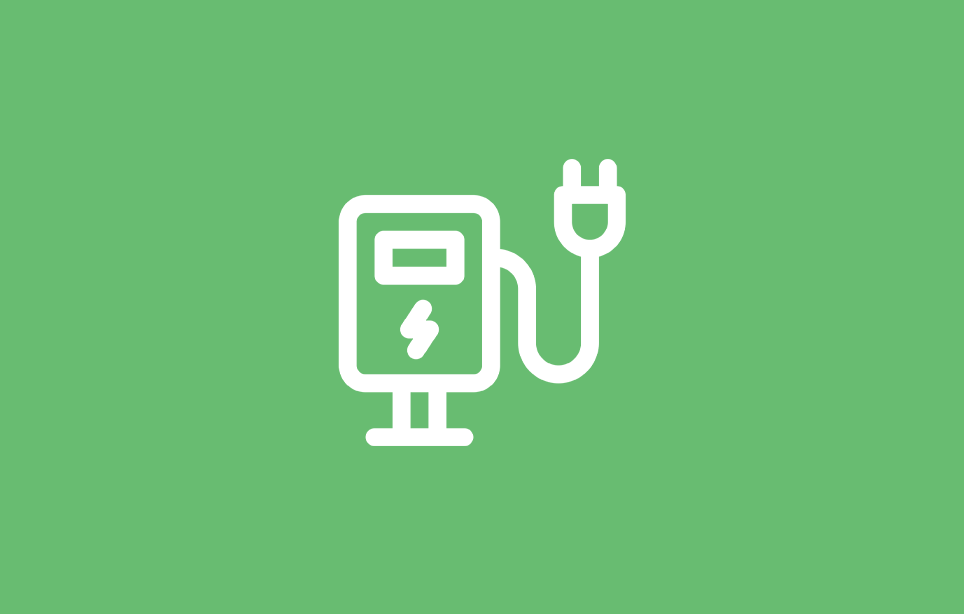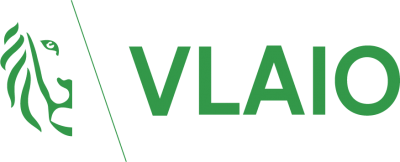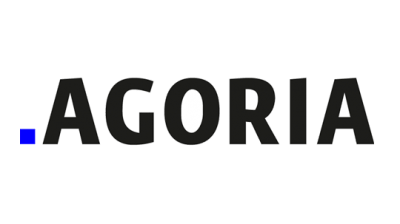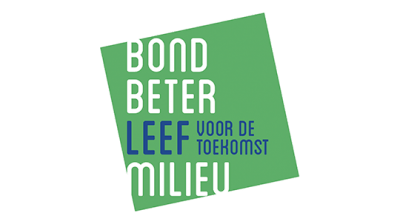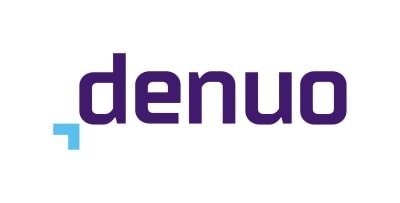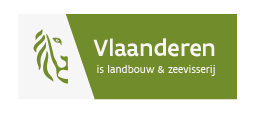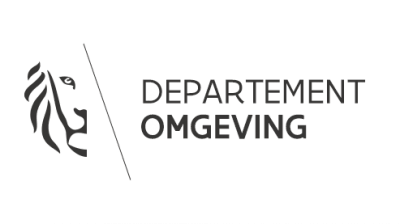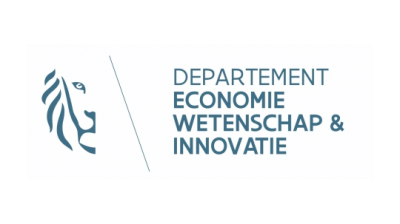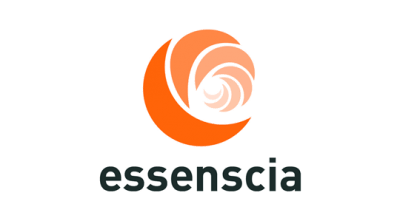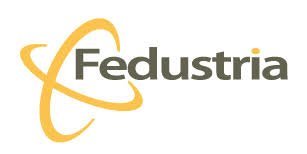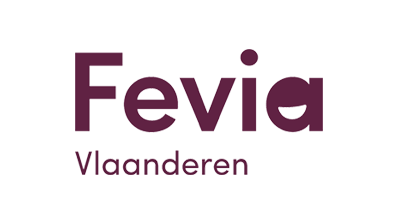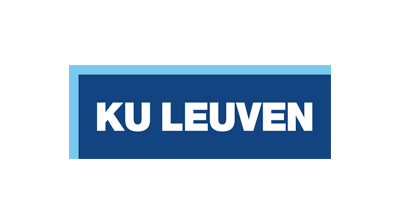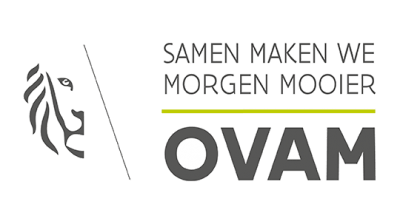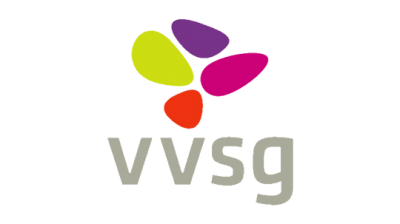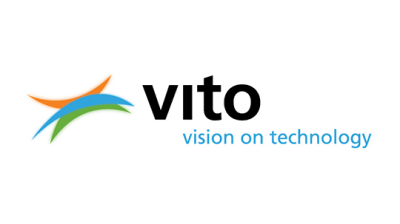The textile industry has a long, complex and non-transparent supply chain and faces many sustainability challenges: water and energy consumption, pollution and greenhouse gas emissions, as well as human rights violations. As a purchaser, you can give an important push in the direction of a circular textile chain, with respect for people and the environment. Unfortunately, there is no ready-made solution (yet). That is why it is important to create space for innovation within and with the supply chain. A strategy with clear and realistic priorities for your organization makes it easier to make choices for your specifications. On this page we offer some guidelines and examples for the circular purchase of work and company clothing, PPE and linen.
Circulair Strategies for Textile Procurement
.png)
- Ensure that you have the optimal quantity (and type) of garments per employee based on their actual needs. By using digital measurements by the supplier, you can prevent fitting issues and incorrect orders.
- Implement an effective monitoring process to stay informed about the location, condition, and lifespan of the garments. This will also enable you to systematically retrieve garments from departing employees.
- Renting or leasing is not necessarily circular. It is essential to establish conditions to make this process more circular, such as transparency regarding reuse and/or processing. This is crucial to close the loop and extend the lifespan of the garments. However, it is important to take various factors into account when making these agreements.
- Minimize the use of materials and different material types in the design while preserving the desired functionality and necessary comfort. Inventory management can play a crucial role in achieving this. In some cases, the contractor may request to maintain a certain stock level. However, it is important to ensure that this stock is kept to a minimum. Whenever possible, negotiate agreements with the contractor to maintain generic garments in stock that can also be used for other clients. This way, stock waste can be avoided, especially when there are changes in logos or other contracts requiring uniformity.
- To reduce production waste, aim for efficient pattern cutting and maximize the use of cutting leftovers.
.png)
When reducing non-renewable virgin input, as a purchaser, you should not only focus on fuel consumption during transportation but also consider the use of non-fossil fuels during maintenance. However, choosing the most sustainable fiber for textiles is not straightforward. Besides the environmental impact of fiber production, this choice also affects the performance, maintenance, and lifespan of the textile. You can find more information in the Motiv purchase guide. Therefore, it's important to engage in discussions with the supply chain and set priorities that align with your organization.
- Insight into the share of recycled, biobased, and virgin materials: The EU requires all textile products to have a label with fiber composition. However, this label does not specify whether the fibers are organic or recycled. As an alternative, you can request a material passport.
- Increasing the share of recycled content: Engage with the market to avoid setting unrealistic demands in your tender. The possibilities and offerings vary per fiber type. Also, differentiate between post-consumer or post-production material. Verifying recycled content can be challenging, but a certification system like BQA-CER can assist with this. The Global Recycled Standard of Textile Exchange is also mentioned for workwear.
- Increasing the share of biobased content: The Guide to circular industrial textiles and the EU GPP criteria provide more information about biobased fiber types and their environmental impact.
- Reducing the logistical impact: Opt for maintenance and recycling and consider including criteria for transportation. Minimize packaging while considering risks of damage and pollution. For instance, if hanging transportation is necessary, you can request the return of hangers for reuse. The generic criterion for packaging and the EU GPP criteria can serve as inspiration for this.
.png)
- Contractual agreements for maintenance and repair: Enter into a contract with an (industrial) laundry service or make arrangements with an internal service provider instead of allowing employees to wash textiles at home. Proper maintenance and timely minor repairs can significantly extend the lifespan of textiles.
- Design for a long lifespan: Include criteria in your specifications for shape and color retention, tensile strength, and seam strength (see EU GPP criteria). Limit the number of components in the design and keep them simple to reduce the likelihood of defects. Make informed choices between more or fewer components based on what is best for the textile's lifespan. Extra protection or reinforcement can reduce material stress. Choose only post-treatments that extend the lifespan and do not hinder recycling.
- Repairability and maintainability: Specify in your specifications that spare parts and supplies should be available for a minimum of 2 years and request a price list. The maintenance intensity and resistance to washing processes contribute to the product's lifespan, as well as the total cost of ownership (TCO) during the use of the textile. For example, include a minimum number of wash cycles that the product should withstand in your specifications. When choosing the fiber, consider the energy consumption for washing, drying, and ironing.
- Modular/change-oriented design: Ensure that parts that wear out quickly can be easily replaced.
- Advice on optimal use by the supplier: Request instructions for optimal maintenance processes, even when employees are washing the textiles.
.png)
- Design for Disassembly: Ensure that fasteners, striping, personalization, and branding can be easily removed or covered up. Instead of permanent personalization, alternatives like velcro can be used. Velcro is commonly used in various sectors to display names or ranks on workwear and can be easily removed for reuse.
- Contractual agreements for take-back and reuse: Include in your specifications that the supplier or manufacturer will take back the products with the aim of reuse. Request guarantees and transparency to ensure that the closed-loop system is effectively implemented. Dry and hygienic (temporary) storage and a guarantee for removing branding and personalization are essential in this process. It is crucial to establish a well-organized system, internally or externally, for collecting and storing return flows.
- Stimulating circular business models: Establish a contract with specialized reuse centers or thrift shops. They can take products that are still usable after visual inspection, while for the remaining products, an accredited collector can be engaged for responsible disposal. This approach allows products in good condition to be reused, while the rest is processed responsibly.
.png)
- Design for recycling: Ensure that fasteners, striping, personalization, and branding can be easily removed. Opt for monomaterials (single fiber type) and group parts into uniform material clusters. Monomaterials allow for fiber-to-fiber recycling, where the material can be processed back into yarn, a higher-value destination compared to, for example, insulation material. Pay attention to the use of certain chemicals (such as dyes in cotton), as they can hinder recycling.
- Understanding materials: Identify the materials and chemicals used, so that the components can be separated into separate material streams for recycling. This can be achieved by requesting a technical datasheet or material passport in your specifications. If necessary, engage in dialogue with the processor when drafting your specifications.
- Contractual agreements for take-back and recycling: Include in your specifications that the supplier or manufacturer will take back the products at the end of their life cycle. You can also contract with an accredited textile collector or processor. Request guarantees for high-quality recycling to ensure that the closed-loop system is effectively implemented. It is crucial to establish a well-organized system, internally or externally, for collecting and storing return flows.
- Reducing toxicity: The use of toxic and environmentally hazardous substances can hinder recycling. Include restrictions on their use in your specifications. Keep in mind that the REACH regulation only applies to the use of chemicals within the European Union (see EU GPP criteria). The Öko-tex label is often used for textiles to indicate that they are free from harmful substances.
Practical considerations
For work materials, there are guidelines and standards related to general product safety (2001/95/EC) and personal protective equipment (EU 2016/425), which, of course, take priority over circularity. Include these in your specifications and discuss them with your prevention advisor if needed. You can find more information on the Sioen website, where they explain the difference between chemical and mechanical recycling of coated technical textile materials.
A good tracing process follows the textile product from purchase to the end of its life cycle and provides insight into factors such as the number of washes, repairs, lifespan, and user experience. Set clear criteria for when a product may be discarded, considering not only strict safety regulations but also user satisfaction (at a minimum level). Based on this data, specifications can be adjusted for future purchases or as part of a growth trajectory with your current supplier.
For personalized clothing, it is essential to prevent misuse and reputational damage. Through your monitoring process, you can recover clothing from employees leaving the organization. Additionally, consider the (industrial) removability of logos in the design, and request guarantees from the processor for overprinting or recycling to prevent any misuse.
Involve users in identifying their needs, testing product options, and obtaining their feedback on usage. Clearly communicate the circular choices being made. Ensure a simple logistics system so that users can easily follow the specified flows and optimize the use of textiles.
Circular textiles are still in active development. Therefore, it is important to collaborate with the supply chain and encourage innovation. You can do this by launching a Request for Information (RFI) or market dialogue in a timely manner. Additionally, leave enough freedom in material selection in your tender and describe your needs at a functional level. Suppliers, processors, and laundries can provide information on recent developments and the advantages and disadvantages of certain fiber choices. The procedure you choose and the duration of the contract are also crucial factors to consider.
Labels and standards
There are numerous labels and standards for textile products and laundry and take-back services. An overview of these labels and standards can be found on the Ecolabel Index website, in this publication, and in the EU GPP criteria. The FIDO Guide for Sustainable Purchasing also provides an interesting overview. When selecting labels and standards, it is crucial to consider the level of independence and the conducted controls to determine their value and credibility.
In your specifications, you can include labels as technical requirements while also allowing for an equivalent certification. This enables suppliers to demonstrate that they meet the criteria of the label. However, it is essential to be selective in including labels and norms and align your choices with the priorities of your organization.
Using labels offers advantages, such as the assurance that the specified conditions are met. One drawback is that obtaining a label is often expensive and time-consuming, which may exclude smaller companies and innovative solutions. Additionally, label provisions are often tailored to traditional products on the market. To address this, you may consider allowing certification after the contract is awarded, potentially with a penalty clause to ensure compliance.
Criteria
- Extensive file with criteria for textiles on the EU GPP website
- The SPP criteria tool
Ethical issues
Forced labor and human rights violations are unfortunately a real problem in the textile sector. This is obviously an ethical issue for the purchasing organization, but it can also cause image damage if abuses in the supply chain are exposed. Adress this by using due diligence clauses in your tenders.
Life Cycle Cost - LCC
The public procurement law obliges awarding the contract to the most economically advantageous bidder (MEAT). In this regard, the cost can be calculated based on the product's life cycle, known as the Life Cycle Cost. This includes not only the acquisition costs but also the operating and disposal costs (Total Cost of Ownership), as well as the external costs for the environment and society.
For textiles, maintenance constitutes a significant part of the total cost of ownership. This includes activities such as washing, repairs, and specialized services like sterilization, water repellent treatment, and distribution. Therefore, it is definitely worth considering these aspects in the comparison. The Higg index provides a set of tools to measure the sustainability impact throughout the entire value chain, enabling evaluation of external costs as well. You can find more information on the bAwear-score website and the Creamoda website.
Circular Procurement Cases - Textile
The Scottish Parliament Corporate Body (SPCB) approached the end of their corporate clothing contract and were very keen to improve sustainability in this area to ideally eliminate any of their end-o…
The municipality of Groningen (the Netherlands) aims to become a zero waste municipality by 2030. To achieve this goal, Groningen is reducing its waste streams by preventing new waste streams and by …
Recycling Lives is a UK recycling and waste management business founded on the principles of creating social value through employment for disadvantaged groups, and delivering environmental innovation…
Circular procurement of textiles on screen
Publications about circular textile
A variety of hazardous chemicals can be found in medical textiles and their production methods. HCWH Europe’s latest publication, The role of chemistry in sustainable medical textiles, provides a con…
This document is a guide for contracting authorities and public procurers interested in applying the EU GPP Criteria for Textile Products and Services in their textile-related procurement procedures…
In response to growing demand from procurement teams, in this report Business in the Community (BITC) sets out practical recommendations to increase the adoption of circular economy principles in pro…
The United Nations Environment Programme (UNEP) recently published the report Sustainability and Circularity in the Textile Value Chain. The report takes an evidence-based approach to identifying the…
The report A new textiles economy: Redesigning fashion’s future outlines a vision and sets out ambitions and actions – based on the principles of a circular economy – to design out negative impacts a…
By examining each stage of a garment’s life from production to disposal, WRAP has identified key areas where further focus is required to build on the improvements achieved through SCAP.
The platform is a web tool managed by BusinessEurope and its national members that contributes to the EU’s agenda on circular economy.
The EU GPP criteria are developed to facilitate the inclusion of green requirements in public tender documents. While the adopted EU GPP criteria aim to reach a good balance between environmental per…
In 2017, OVAM instructed Centextbel, the Belgian knowledge centre for textiles, to conduct some research into the main ‘hidden’ professional textile chains. Using the results from this research, thi…
European Textiles & Workwear Market The role of Public Procurement in making textiles circular
Overview of product categories
Information about circular procument and example cases per specific product category.
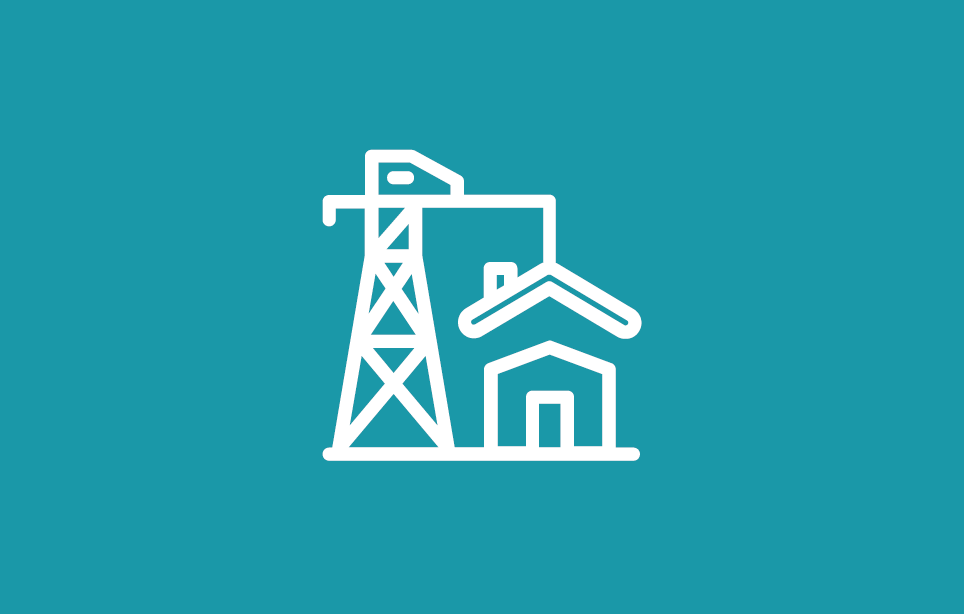
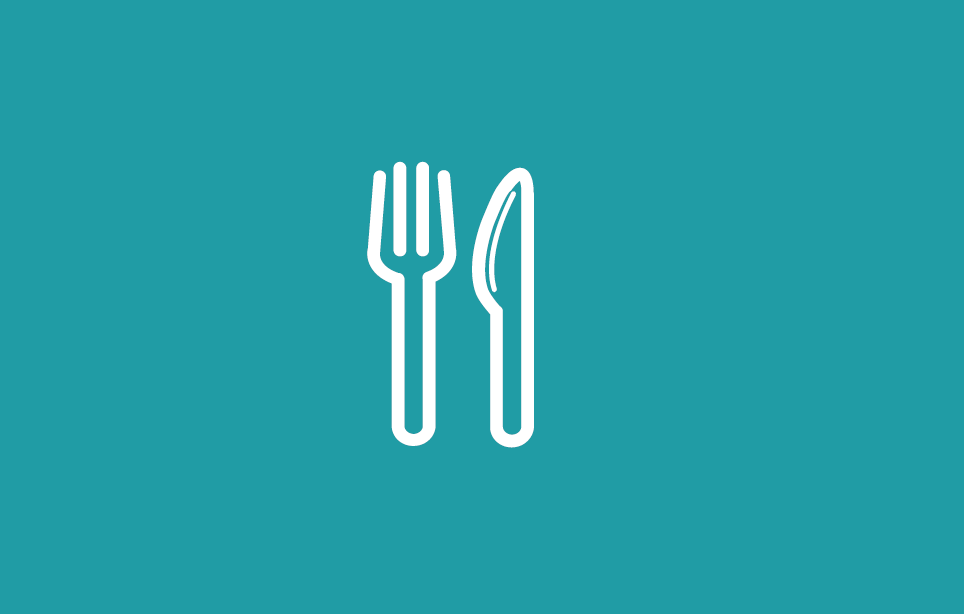
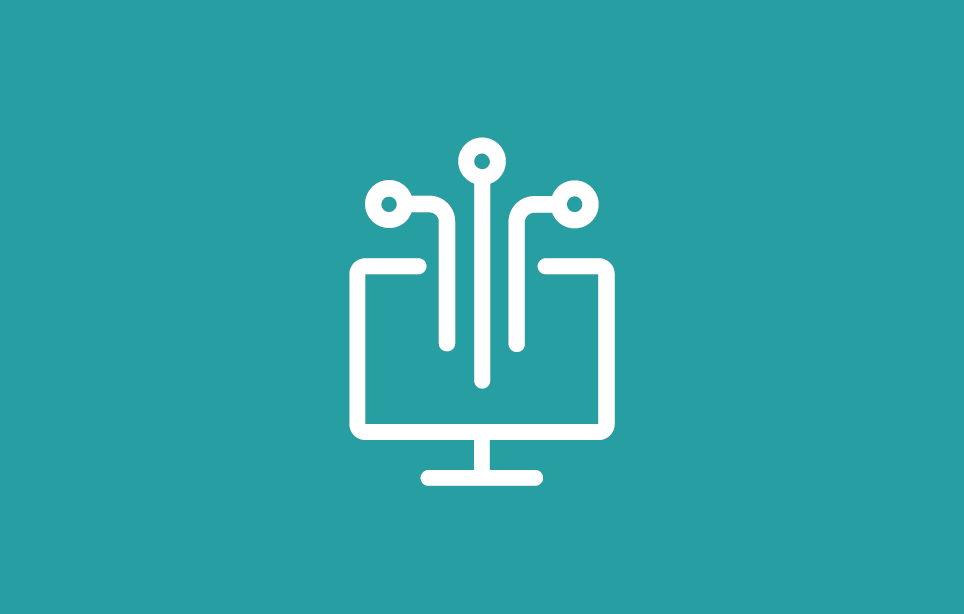
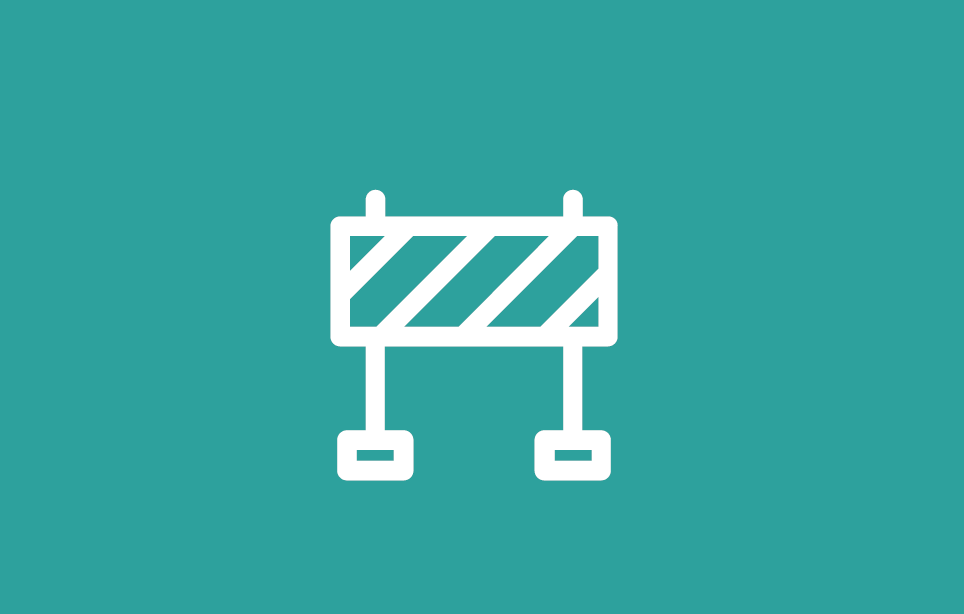



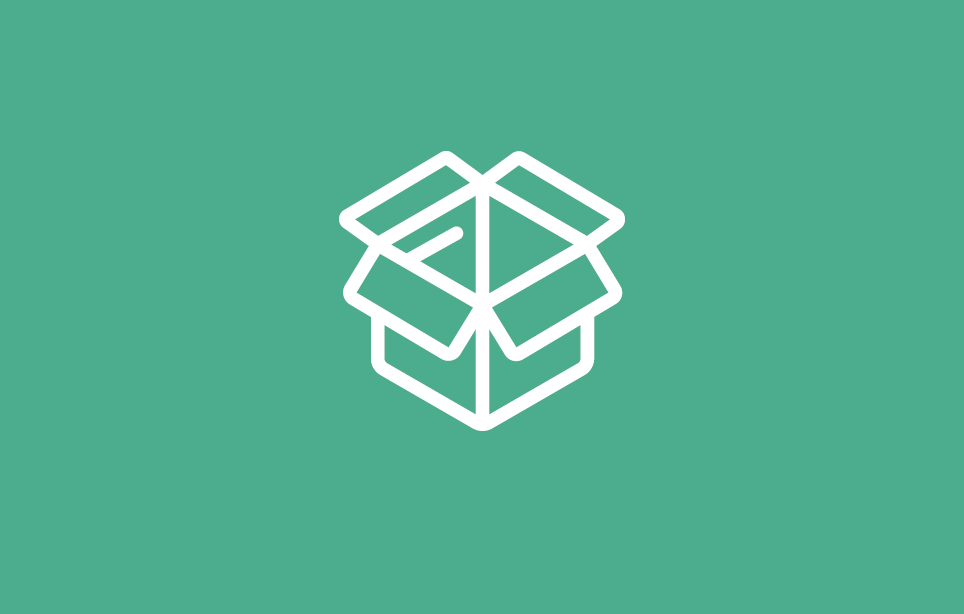
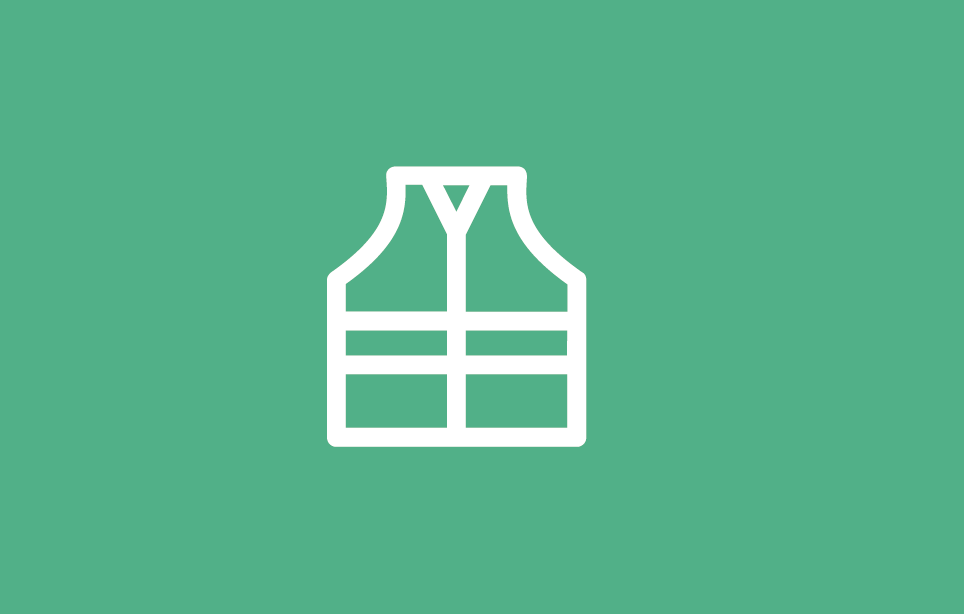

.png)
